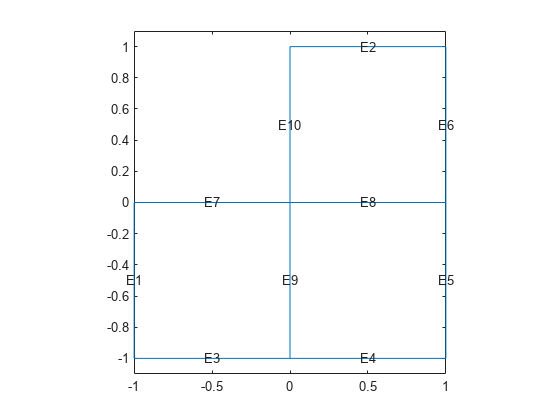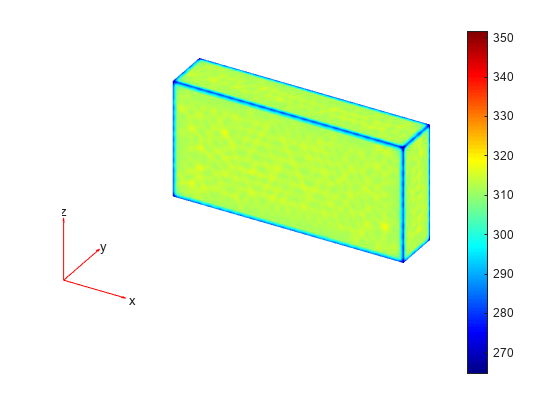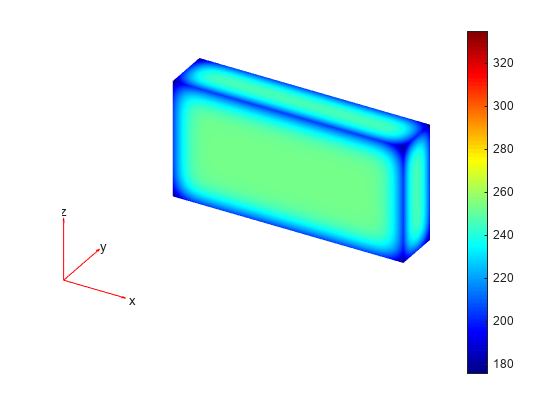solvepde
Solve PDE specified in a PDEModel
Description
Examples
Input Arguments
Output Arguments
Tips
If the Newton iteration does not converge,
solvepdedisplays the error messageToo many iterationsorStepsize too small.If the initial guess produces matrices containing
NaNorInfelements,solvepdedisplays the error messageUnsuitable initial guess U0 (default: U0 = 0).If you have very small coefficients, or very small geometric dimensions,
solvepdecan fail to converge, or can converge to an incorrect solution. In this case, you might obtain better results by scaling the coefficients or geometry dimensions to be of order one.
Version History
Introduced in R2016a



